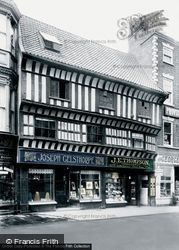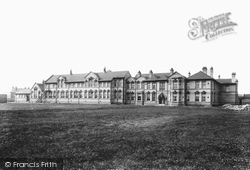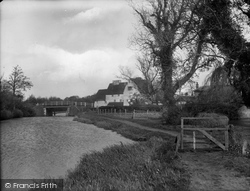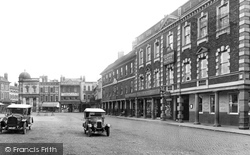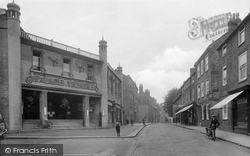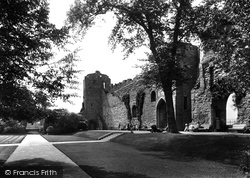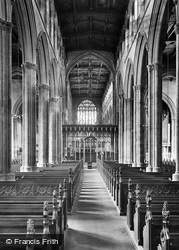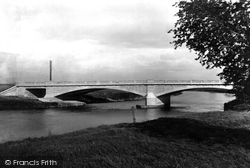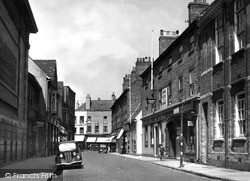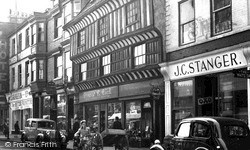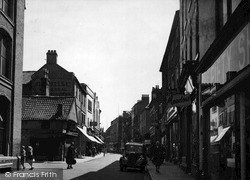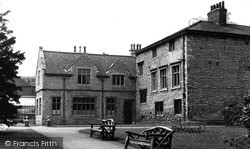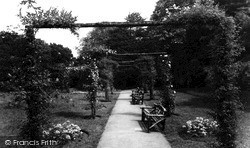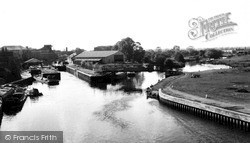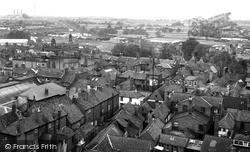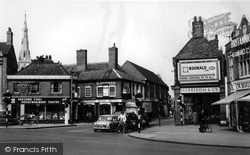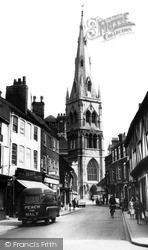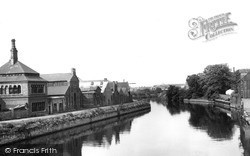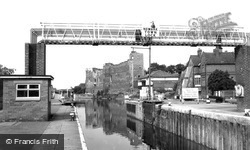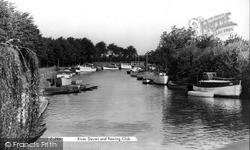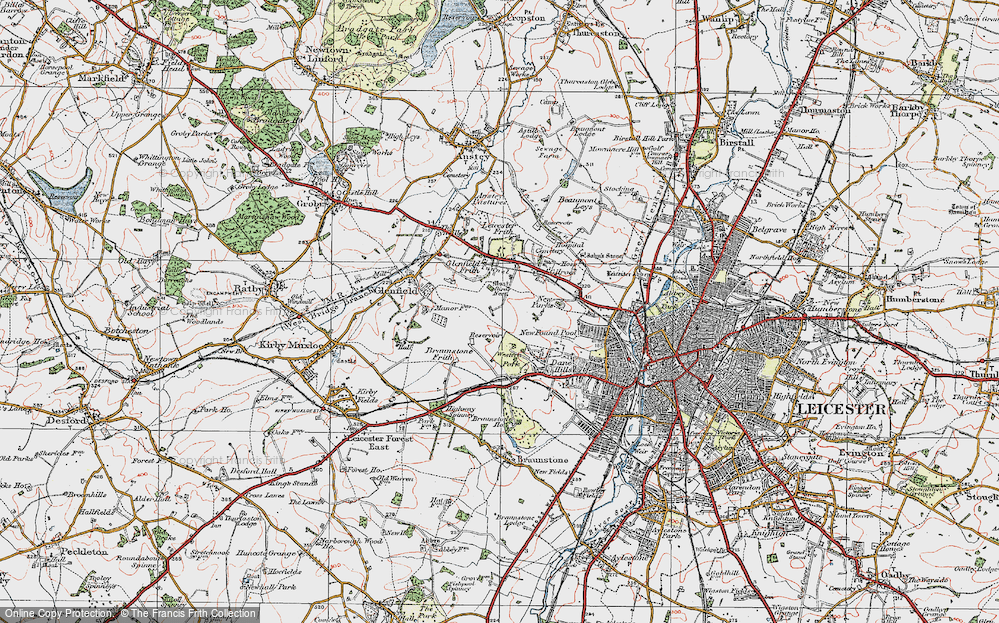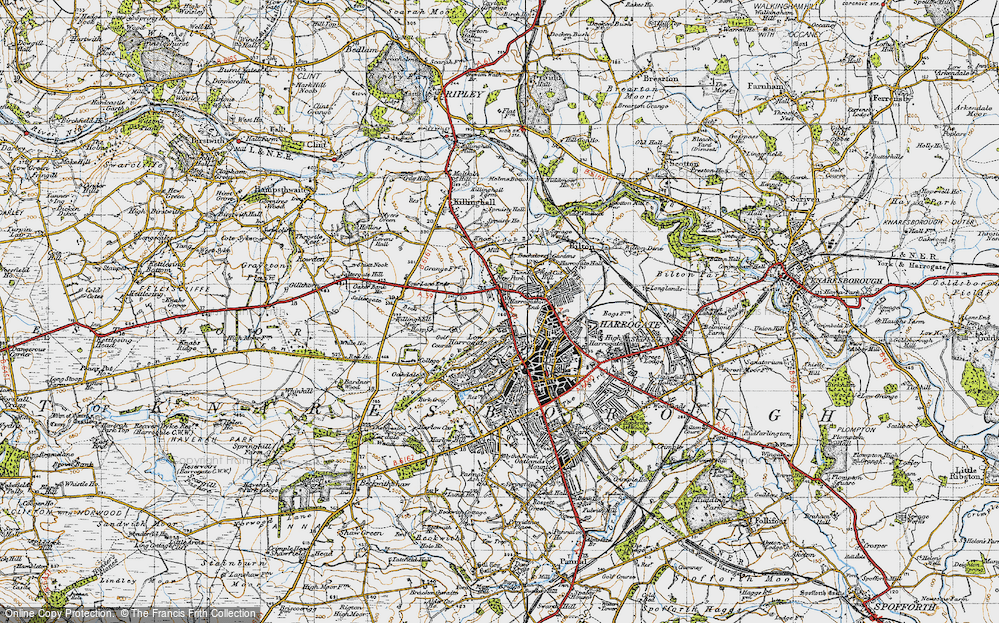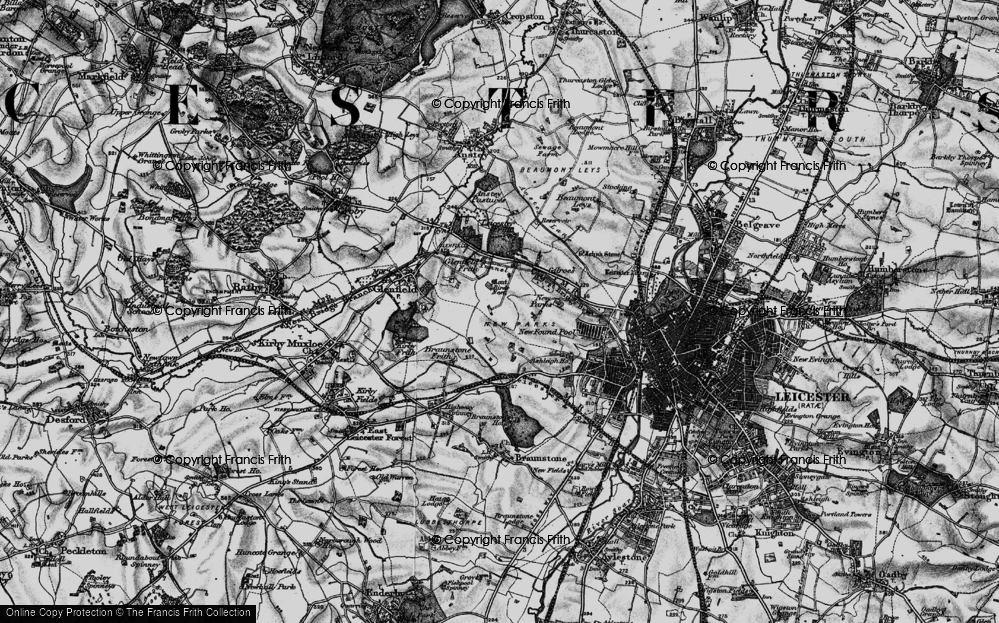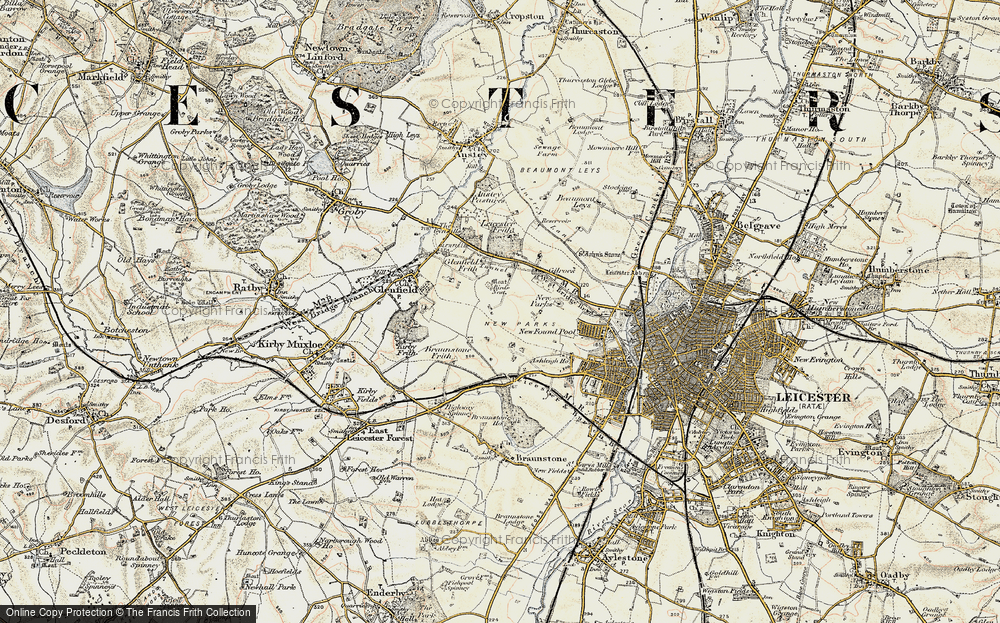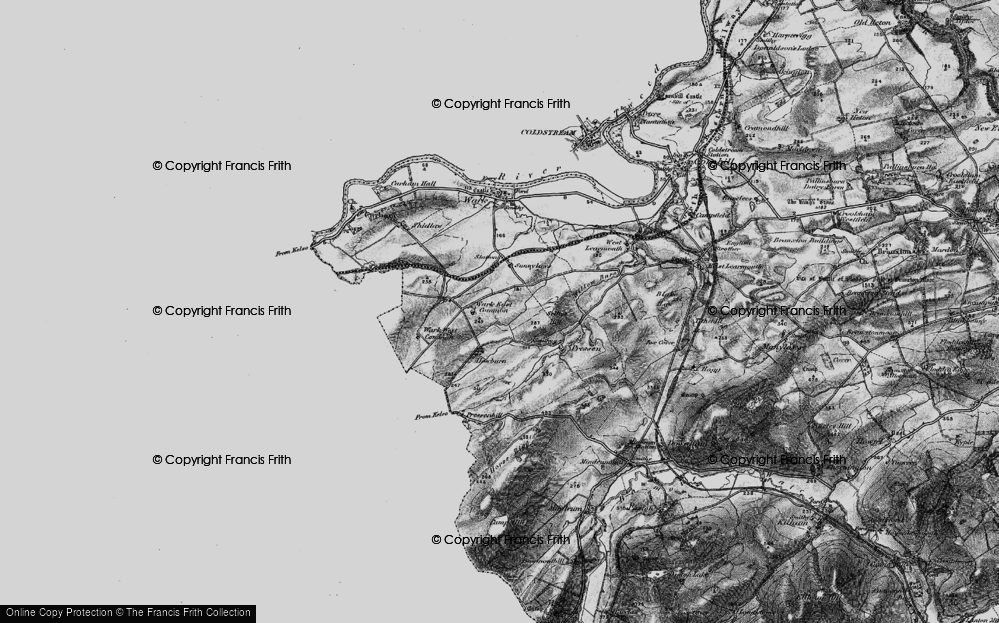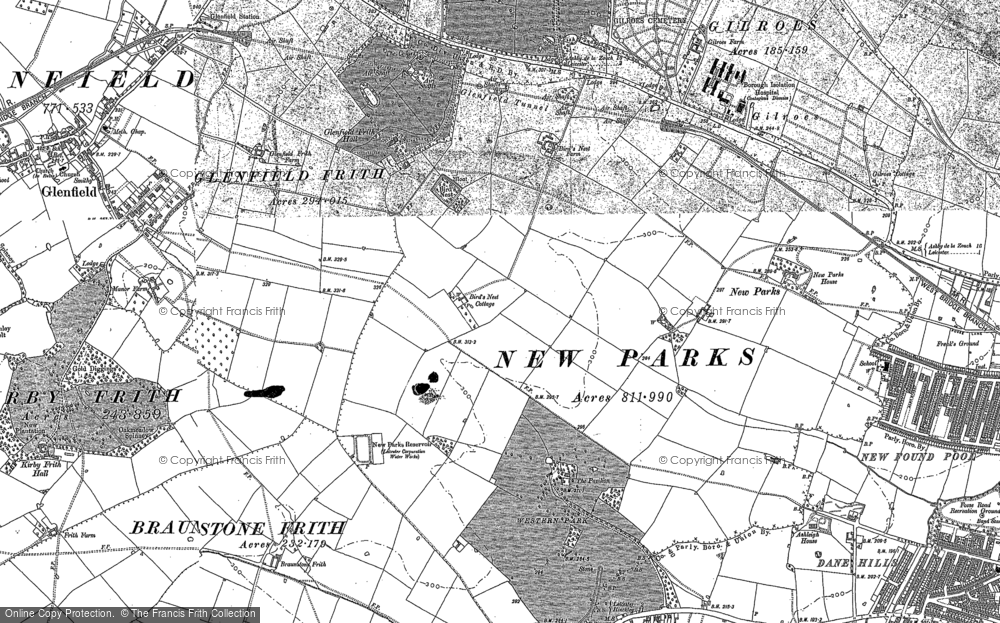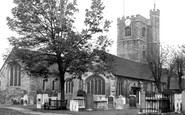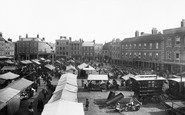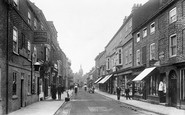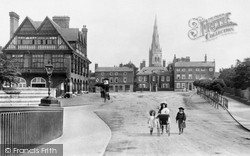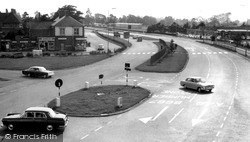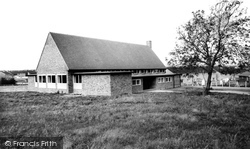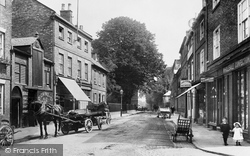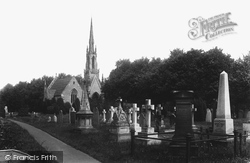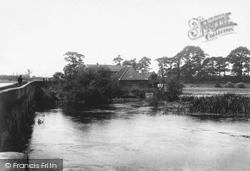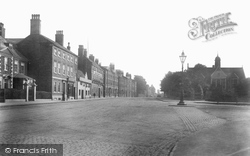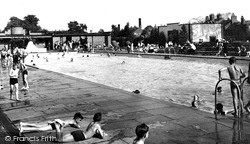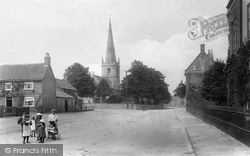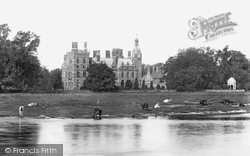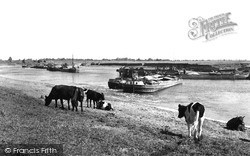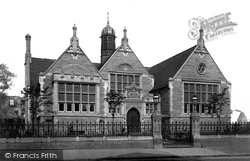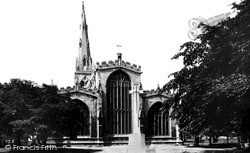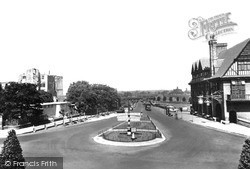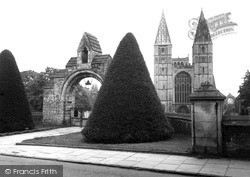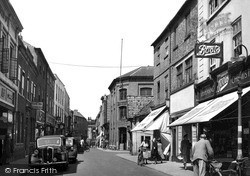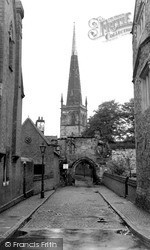Places
6 places found.
Those places high-lighted have photos. All locations may have maps, books and memories.
Photos
314 photos found. Showing results 21 to 40.
Maps
27 maps found.
Books
1 books found. Showing results 25 to 1.
Memories
36 memories found. Showing results 11 to 20.
A Ruby Wedding Anniversary In Muston
Elizabeth and I were married on 17th April 1971 in St Anselms Church, Hatch End, but we decided to hold our anniversary party in Muston because, 40 years later, most of Elizabeth's family live ...Read more
A memory of Muston in 2011 by
Barking And St Margaret's Church From 1970's
My husband and I were married at St Margaret's Church in January 1970, we were married by the REV ROXBOUGH, he was a very gentle man and he and his wife moved to Devon in the 80s or there abouts. We went ...Read more
A memory of Barking in 1970
Newark Market
I lived at the RAF camp at Coddington during my teens. I went to Sconce Hills school & later worked at Alec W. Adams in Lombard Street. In those days, as office workers we were required to work on Saturday mornings and ...Read more
A memory of Newark-on-Trent in 1970 by
Schooldays.
I started school at Oakley Road School which was near Leagrave High Street.I don't remember much about it except for the long walk to and from from Locarno Avenue where my family lived.Moving to Selbourne Road later, I attended Maidenhall Road ...Read more
A memory of Luton by
The American Girl At Orange Hill
It seems the older you get the more important and fun it is to delve into memories. My maiden name was Duer. Here is a list of memories that include the new school as well. Loved art class and really loved the new art ...Read more
A memory of Burnt Oak by
My Great Great Grandfathers Shop Is In This Photo!
Having been doing a lot of research on my Great great Grandfather Joseph Cutts Carter, I have managed to locate where his Glass and China shops were during his life. He actually unexpectedly ...Read more
A memory of Newark-on-Trent by
New Park Road/ Gleneagel Stables
So many memories i don't know where to begin! I remember learning to ride at New Park Road Stables. The wooden stairs going up to the office above the stalls to book in. Vodka and Gin the greys, Cossack, Cherry ...Read more
A memory of Streatham by
Memories
My mother was born in Wallasey in 1931. Maureen Brown. She married a US Air Force Sgt. Jim Humphires in 1955. In my early teens we were stationed in Germany and my mother, brother and sister lived with my grandmother (Mary Brown) in the ...Read more
A memory of Wallasey by
1957 1965
I used to walk from way down Eastwood Road to Crown Hill and down to The Sweyne School for many years. I always used to look at the Cottage with awe thinking how old it was and wondering at the history it had seen. I doubt that it exists ...Read more
A memory of Rayleigh in 1962 by
Edwinstowe Memories
My family all come from around Newark but my grandma on my mother's side lived in Edwinstowe and worked on her husband's farm. I recall visiting the farm on warm Sunday afternoons in my dad's car. I would go off exploring the ...Read more
A memory of Edwinstowe in 1955
Captions
55 captions found. Showing results 25 to 48.
We are looking up Beast Market Hill from the Newark side of the bridge.
The road alleviated a bottle-neck in the nearby village, allowing traffic an easier route to Nottingham, Newark, Melton and the east coast.
This is the original church facing Beanfield Avenue and Newark Drive.
The Newark Museum is in one of the distant houses on the right and is well worth vistiing.
This is not Newark's only cemetery.
In the 17th century, the only stretch of the Fosse Way known to have been maintained was that between East Stoke and Newark.
Newark's position on the Great North Road and the River Trent attracted industry including flour milling, maltings, brewing, an iron works, leather working, and even a glue factory.
In July 1613 'a fisher of Newark and a ffowler of ffarndon' were indicted for obstructing the Devon, probably with illegal nets. On the right is Jobson's Boathouse.
On the left is the Ram Hotel, once one of Newarks principal coaching inns.
Here travellers either gave thanks for their safe arrival in Newark, or sought Christ's protection before setting off on a journey.
In 1909 Balderton was a farming parish adjacent to Newark.
Subsequently it was used for training Anglican priests and was taken over in 1973 to become the headquarters of Newark and Sherwood District Council.
Following Newark's surrender, the Parliamentarians smashed the bowl of the 15th-century font in St Mary's; it was eventually replaced around 1660.
Taken from alongside the River Devon, this picture shows its confluence with the lesser arm of the Trent as they flow past what is now Newark Marina.
The King's arrival at Newark had taken the Scots by surprise, but they immediately sounded Parliament out with a view to eventually selling his majesty to the English.
Newark is a town with a wealth of historic buildings, and it is relatively little changed compared with Grantham or even Nottingham.
From Southwell the tour heads north-east back to the River Trent north of Newark and on to Sutton-on-Trent.
As well as this library, paid for by Sir William Gilstrap, there was also the Newark Stock Library, whose honorary librarian in 1854 was Richard Sketchley, who worked for 'Punch' magazine.
St Mary's is well known for the large number of chantries endowed by Newark's wealthier inhabitants.
This seems a quiet day, for my childhood memories of passing through Newark are of nose-to-tail crawls and relief on crossing the bridge.
The route leaves Newark and heads six miles west to the small and delightful town of Southwell, whose minster church had been founded by the Archbishop of York before AD956.
Newark enjoyed great prosperity in the 18th century through industrial growth and through its status as a coaching town on the Great North Road.
The Gateway, seen here from the Newarkes, was ruined around 1832, having survived the siege of the town by Prince Rupert and King Charles I in 1645.
It was on this street that a chantry house was provided, built by the widow of wealthy Newark merchant Alan Flemyng.




